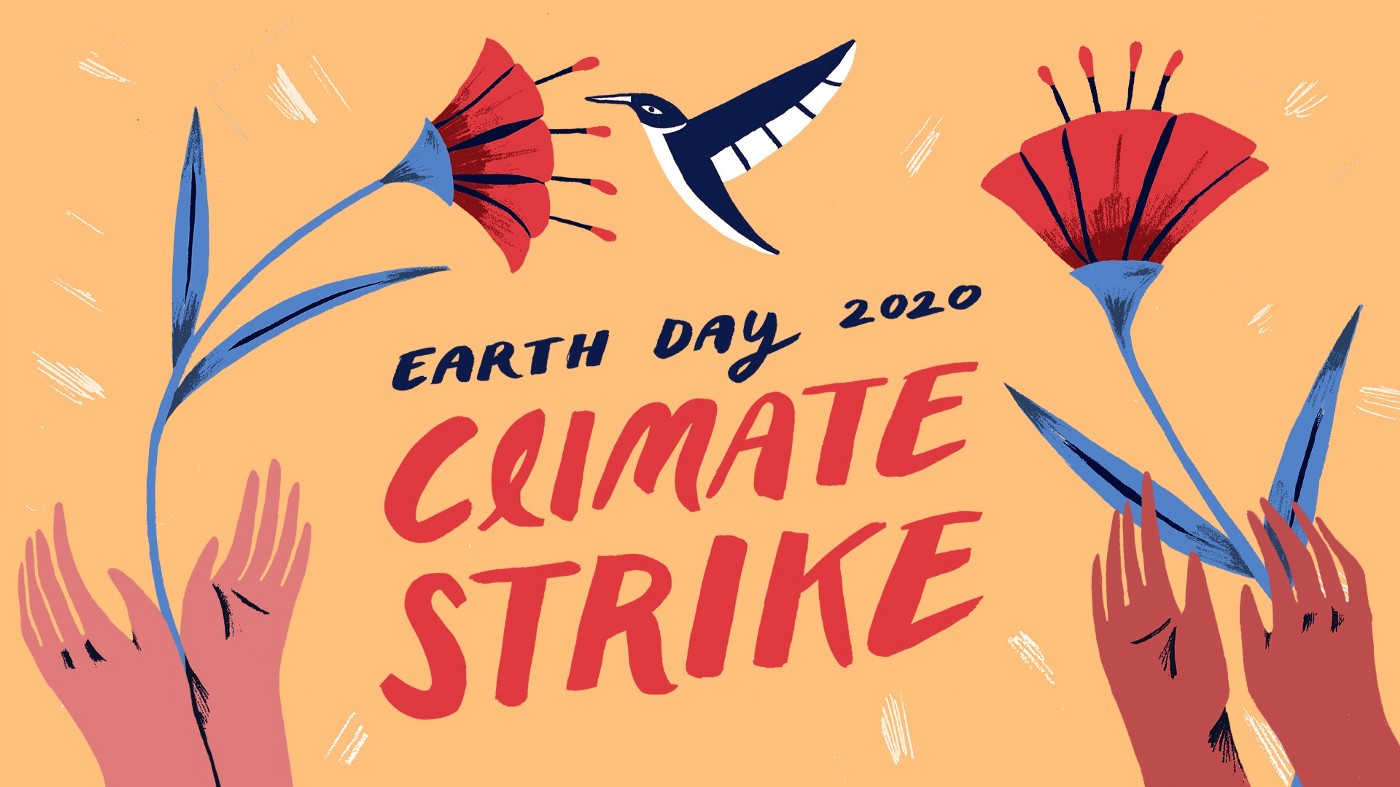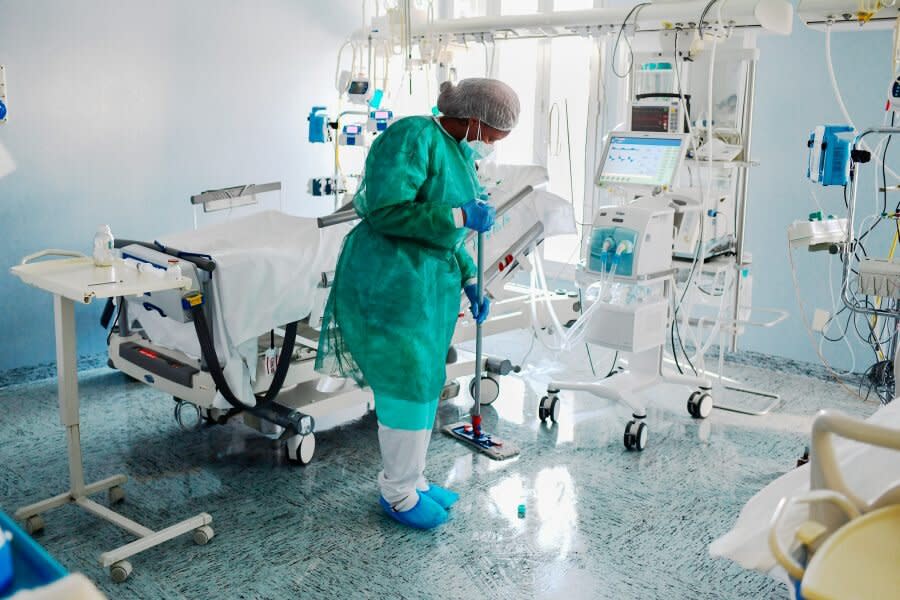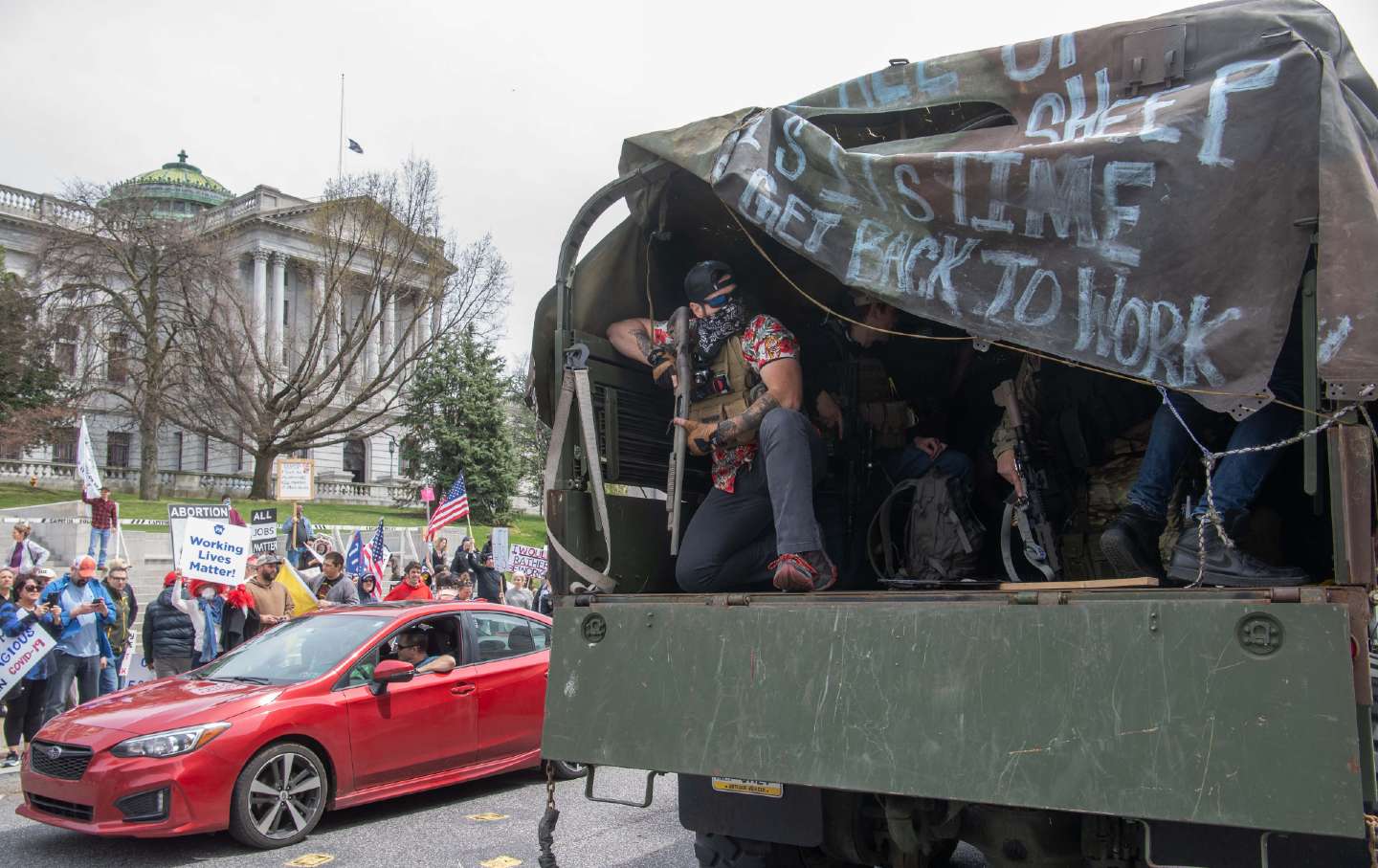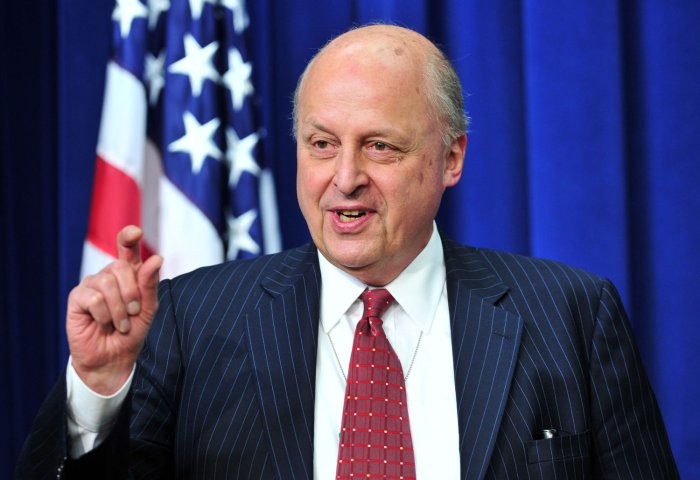
Join us April 22nd, 2020 at 10am PDT - 8pm PDT for the Live Event HERE!
It’s possible that I shall make an ass of myself. But in that case one can always get out of it with a little dialectic. I have, of course, so worded my proposition as to be right either way (K.Marx, Letter to F.Engels on the Indian Mutiny)
|
Today marks the 50th Anniversary of Earth Day, as well as the first ever digital Earth Day. Beginning at 9am ET, join us online, as we flood the world with messages of hope, optimism and, above all, action.
Follow along with us and our hosts Ed Begley, Jr., and his daughter, Hayden, on our website for a full day of videos and actions we can all take to better our planet. You’ll be joined by global leaders, activists, actors and musicians, including Pope Francis, U.S. Senator Elizabeth Warren, Former Vice President Al Gore, Zac Efron, Dave Mathews, Jason Mraz, Dr. Sylvia Earle, Christiana Figueres and many more.
Join Roger Waters, Valerie Jarrett, Jack Johnson, Najib Saab, Michael Franti, Stephania Giannini, Maya Lin, Ashok Sridharan, Lisa Jackson, Diana Nyad, Kaddu Kiwe Sebunya and Ziggy Marley all live at earthday.org!
Climate change threatens already vulnerable communities most, and those at risk of climate impacts are those individuals who least contribute to climate change. We’re fighting for a cleaner, safer, more just and sustainable world that protects and supports all of us.
The urgency has never been greater, and the stakes have never been higher — we face mass extinction of species, catastrophic pollution of oceans, destruction of communities and displacement of millions.
We know that the fight for climate change takes more than a day — it takes a movement. That’s why Earth Day Network works across diverse programs to mobilize citizens on climate action and provide people with new, meaningful ways to act, with campaigns like Vote Earth, Earth Challenge 2020 and the Great Global Cleanup.
On #EarthDay2020, we seize all the tools and actions that we have, big and small, to change our lives and change our world, not for one day, but forever.
Together, Earth Day Network
|



"challenges all Islanders to think of ways to engage government and others. We need to stop the viral threat of the industrial model of agriculture to farmers and to the land. Let’s stop saying, “when we get back to normal …” The normal is pretty disastrous for farmers and the land. We can do better than the ‘normal’. Let’s find new ways together."We extend that challenge across the country. Thank you, Doug, for your strong writing that captures the unease of farmers "trying to produce food within an impossible model."
Jean-Eudes Chiasson, Vice-President of “Ferme Terre Partagée”"raise awareness at this point when quarantine is required, as so many of us have more time to read, to inform ourselves, to consult computerized databases available at our fingertips in order to ask questions about the food system, to discover its mechanisms, and to begin to reflect about the foods we eat, their composition, and where they come from.
Let’s also take this opportunity to think about the use of crop protection products, about their effects on consumers, about the people tasked with applying them, about the composition of fertilizers, their health impacts, as well as on animal health, about soil degradation and, on a broader scale, about everyone’s health.It is just as important to ask ourselves about methods of production, how animals are treated, and about the farmer’s income so as to subsequently define what we really wish for: how should the food on our plates be produced and who should be the players at the base of our food chain. Let us not forget either to take a serious look at the effects of our food system on the climate.
CBC story on "the next TP": locally grown seeds, which are critical for seed and food sovereignty. NFU seed farmers, Greta Kryger, Manish Kushwaha, Katherine Rothermel and Annie Richard share the crunch they are under to keep up with orders. (Nice NFU ballcap, Annie!)You can follow more news updates on the National Farmers Union (Canada) Facebook group. You'll be asked a few questions before you can join so we aren't plagued by spammers and trolls.
The National Observer interviews smaller-scale farmers from across the country re: COVID & Canada's food system. NFU-O's Sarah Bakker speaks hopefully from her farm: “I feel like we're going to come out of this in a new world.” "“I want to talk about making people able to afford food, not making food affordable.”
An Ottawa Citizen story covers the uncertainty felt by Ottawa direct-to-market farmers as they lose their restaurant contracts. NFU Youth President Stuart Oke works to have Ottawa-area farmers markets opened and the NFU sends a letter calling for OMAFRA's help to support all farmers markets as they face COVID.






As of April 14th, a reported 27 hospital workers have died from coronavirus (COVID-19), according to the Centers for Disease Control and Prevention (CDC). But the CDC’s count only included 16% of the country’s confirmed coronavirus cases. According to The Guardian’s reporting, the number of healthcare workers—including hospital cleaners—who’ve died is likely much higher, and in some states, like Utah, healthcare worker deaths make up 20% of all coronavirus fatalities.
The average yearly salary for an emergency room physician working in the United States is $287,049, and the average salary of a person who cleans hospital rooms in New York City is $33,442 a year. Yet the jobs they do have equal importance during a pandemic: both are on the frontlines, making it possible for people to seek vital care in the midst of a public health crisis that has strained an already broken healthcare system.






